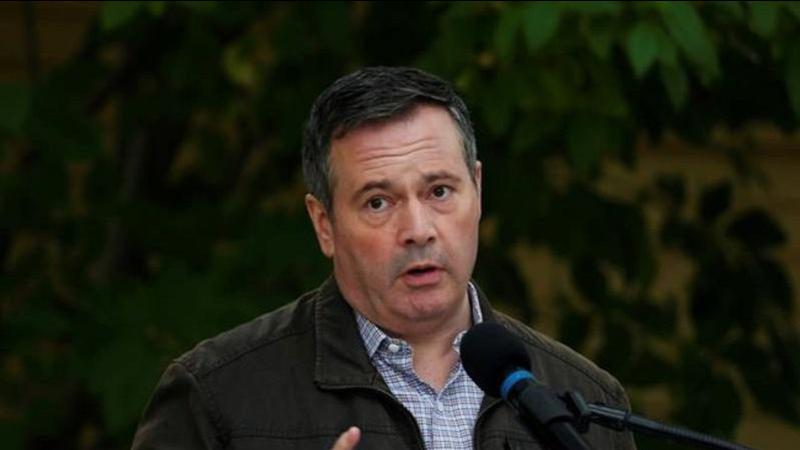
Alberta signs MOU with three other provinces to develop small nuclear reactors
EDMONTON, AB – Alberta has teamed with three other provinces to support the development of nuclear energy.
Premier Jason Kenney joined the premiers of Ontario (Doug Ford), Saskatchewan (Scott Moe) and New Brunswick (Blaine Higgs) in signing a memorandum of understanding (MOU) on Wednesday.
READ MORE: Province to enter in agreement to explore small-scale nuclear technology
The MOU supports the development of versatile and scalable small modular reactors, also known as SMRs. These reactors are smaller than traditional nuclear reactors and can be scaled to suit local needs.


